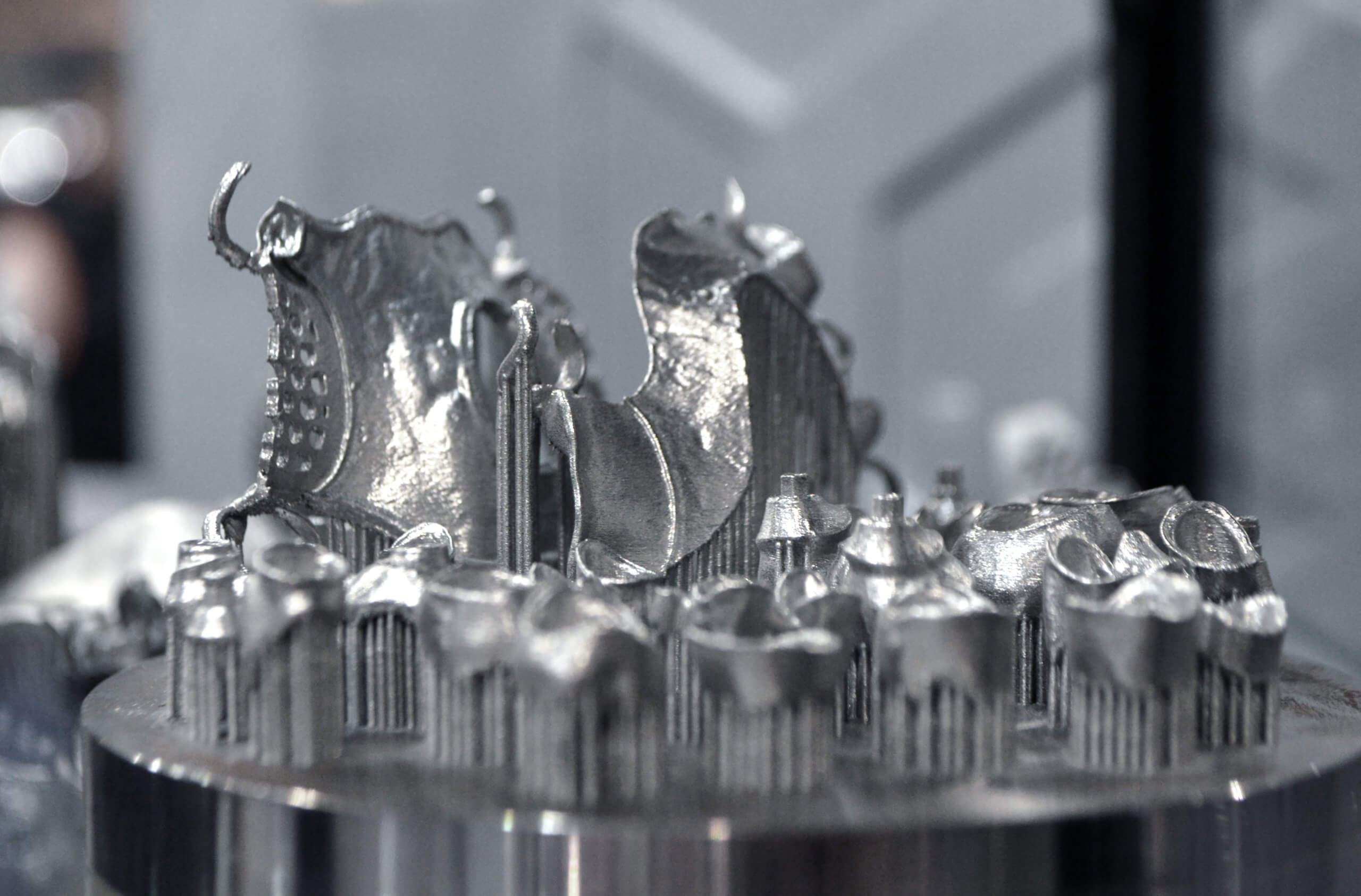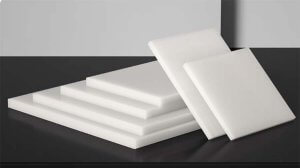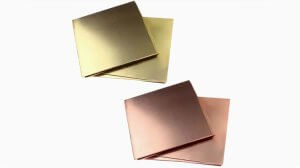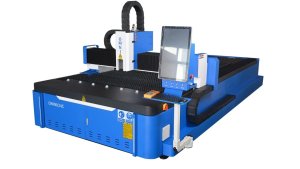Classification and Designation of Industrial Steels
Steel is widely used in various industries, and different types of steel are classified based on their composition and properties. According to carbon content, steel can be divided into low carbon steel, medium carbon steel, and high carbon steel. Low carbon steel has a carbon content of less than 0.25%, medium carbon steel ranges from 0.25% to 0.60%, and high carbon steel has a carbon content of more than 0.60%.
Additionally, steel can be classified based on metallurgical quality and deoxidation degree. Ordinary steel, high-quality steel, advanced high-quality steel, and special high-quality steel are common types classified by metallurgical quality. According to deoxidation degree, steel can be divided into rimmed steel, semi-killed steel, killed steel, and special killed steel.
Steel Designation
When identifying steel materials, the designation is a crucial identifier. Steel designations are mainly divided into two categories: one is primarily based on mechanical properties, such as Q235, which does not guarantee chemical composition; the other is based on chemical composition, such as 45 steel, indicating high-quality steel with Wc=0.45%.
Structural Steel
Structural steel is primarily used in construction and machinery manufacturing. Depending on usage and composition, structural steel can be further divided into carbon structural steel and low alloy high strength steel (HSLA).
Carbon Structural Steel
Carbon structural steel is widely used in general engineering and machinery parts manufacturing due to its excellent mechanical properties. Q235 is a typical carbon structural steel with good overall performance, commonly used for making bridges, vehicles, and other structural components.
Low Alloy High Strength Steel
Low alloy high strength steel enhances its strength and toughness by adding a small amount of alloying elements like niobium and vanadium. Typical designations include Q295 and Q420, which are often used for important engineering structures such as pressure vessels and large bridges.
Special Steels
Besides structural steel, there are some special steels like rolling bearing steel, tool steel, stainless steel, and heat-resistant steel.
Rolling Bearing Steel
Rolling bearing steel is used to manufacture bearing parts, requiring high compressive strength, fatigue strength, high hardness, and wear resistance. GCr15 is a common rolling bearing steel, suitable for small and medium-sized bearings.
Tool Steel
Tool steel includes cutting tool steel and mold steel. Cutting tool steel is used to make various cutting tools, characterized by high hardness, high wear resistance, and high thermal hardness. Mold steel is used for making cold and hot work molds, requiring good wear resistance and fatigue resistance.
Stainless Steel and Heat-Resistant Steel
Stainless steel is widely used in parts working in corrosive environments due to its excellent corrosion resistance. Common stainless steels include 1Cr18Ni9Ti and 1Cr17. Heat-resistant steel is used in high-temperature environments, such as boilers and pipelines, requiring high-temperature strength and oxidation resistance.
Cast Iron
Cast iron is classified into white cast iron and graphitized cast iron based on the form of carbon. White cast iron has carbon in a compound state, making it extremely brittle; graphitized cast iron has carbon in the form of graphite, with excellent casting properties and wide applications.
Types of Cast Iron
- Gray Cast Iron: Characterized by flake graphite, which causes stress concentration and severely weakens the matrix. It has the best casting performance and is commonly used for complex shapes and thin-walled parts. Example: HT200.
- Malleable Cast Iron: Produced by annealing white cast iron to decompose Fe3C into globular graphite, resulting in better performance than gray cast iron but with a more complex process. Example: KTH350-10.
- Ductile Cast Iron: Produced by spheroidizing treatment, it has superior mechanical properties and is often used as a steel substitute for parts subjected to non-impact loads, such as diesel engine crankshafts. Example: QT450-10.
- Compacted Graphite Iron: Intermediate between gray and ductile cast iron, with better mechanical properties and machinability. Example: RuT300.
Non-Ferrous Metals and Alloys
Aluminum and Aluminum Alloys
Aluminum alloys are widely used in aviation and lightweight structures due to their high strength-to-weight ratio and excellent processing properties. They are categorized into wrought aluminum alloys and casting aluminum alloys, with the former being age-hardenable to enhance performance, and the latter having good casting properties.
Copper and Copper Alloys
Copper alloys include brass, bronze, and cupronickel. Brass is primarily a Cu-Zn alloy with good strength and corrosion resistance; bronze is mainly a Cu-Sn alloy with excellent wear and friction reduction properties; cupronickel is mainly a Cu-Ni alloy with superior corrosion resistance.
Sample Data Table
Below is a sample table showing the designations, compositions, and applications of some common metal materials:
| Material Type | Designation | Composition Description | Main Applications |
|---|---|---|---|
| Carbon Structural Steel | Q235 | Low carbon steel | Construction structures, bridges, vehicles |
| Low Alloy High Strength Steel | Q420 | Adding Nb, V elements | Large bridges, pressure vessels |
| Rolling Bearing Steel | GCr15 | High carbon, high chromium | Small and medium-sized bearings |
| Tool Steel | W18Cr4V | High carbon, high tungsten | Cutting tools |
| Stainless Steel | 1Cr18Ni9Ti | Contains Cr, Ni | Parts in corrosive environments |
| Gray Cast Iron | HT200 | High carbon, high silicon | Complex shapes, thin-walled parts |
| Ductile Cast Iron | QT450-10 | High carbon, rare earth elements | Non-impact load parts, e.g., diesel engine crankshafts |
| Aluminum Alloy | LY12 | Age-hardenable | Aviation structural components |
| Brass | H96 | Cu-Zn | Plumbing fixtures, decorative items |
| Bronze | CuSn6 | Cu-Sn | Sliding bearings, worm gears |
Understanding the classification, designation, and properties of these metal materials provides valuable guidance for material selection and engineering design.
Other Articles You Might Enjoy
- Common Metal Materials and Their Properties
Classification and Grades of Industrial Steel Steel Classification In the steel industry, there are several ways to classify steel. The first is by carbon content: Low Carbon Steel: Carbon content…
- Common Metal Materials and Their Characteristics
Metal materials are ubiquitous in our lives, playing a crucial role in various industrial fields from automobiles and construction to electronic products. Understanding the properties and applications of different metal…
- Common Materials and Processability of Mechanical Parts
Mechanical parts are indispensable components in various machines and equipment. To ensure these parts operate efficiently under different working conditions, it is essential to understand the common materials used for…
- The Ultimate Guide to Sheet Metal Materials: Aluminum vs. Galvanized Steel
Introduction: A Brief Overview of Sheet Metal Materials in Manufacturing In the wide world of manufacturing, sheet metal materials play a pivotal role. They serve as critical components in various…
- Types of Stainless Steel and Stainless Steel Grades
Stainless steel, renowned for its corrosion resistance, is a vital material in various industries, from construction to culinary tools. This article delves into the types of stainless steel and their…
- Title: Galvanized Steel: Process, Methods, Properties, and Uses
Introduction: Galvanized steel, an innovation in the world of construction and manufacturing, represents a pinnacle in material engineering. It's a process where steel is coated with a protective layer of…









